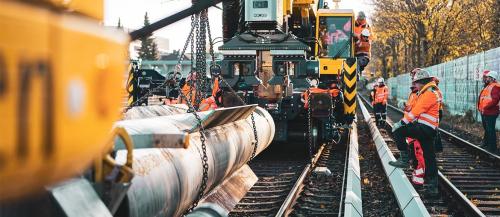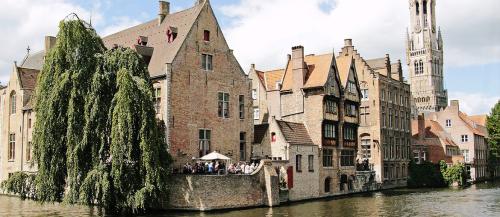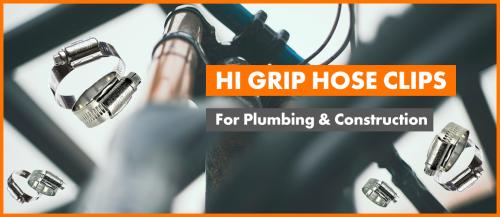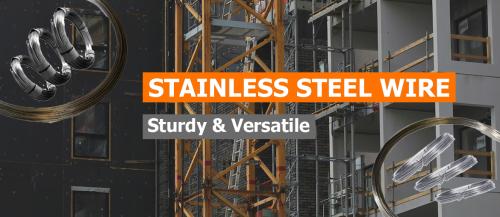Rivets have been around since the Bronze Age and, just like today, were used for countless applications. One unusual application was discovered by Stuart Peers, an amateur metal-detecting enthusiast from Marple: though he located the ancient artefact, he had no idea what it was until he consulted an expert in antiquities. So what was this mystery object?
During a routine session with his metal detecting equipment, Stuart found a small yet heavy object buried some distance beneath the surface. The object was covered in wet mud and clay but, even after getting it home and cleaning it, Stuart was still unable to tell exactly what it was. He contacted Liverpool Museum for assistance and was put in touch with Nick Herepath, the museum's Portable Antiquities Officer.
Almost immediately, Nick was able to identify the mystery object as a belt fastening. The item dated back to the 14th century, when it would have been used to fasten a thick, strong belt, probably made of leather. The item incorporated a buckle that would have fastened with an iron rivet; sadly, the passage of time had caused the essential component to decompose completely.
Today, rivets are no longer made using iron as stainless steel is a much better alternative, resisting corrosion and combining strength with a light weight. Today, BS Fixings supply rivets created by renowned brand Goebel and, whether they are used as a belt buckle or as part of a massive oil rig, they are guaranteed to be of the highest quality.






